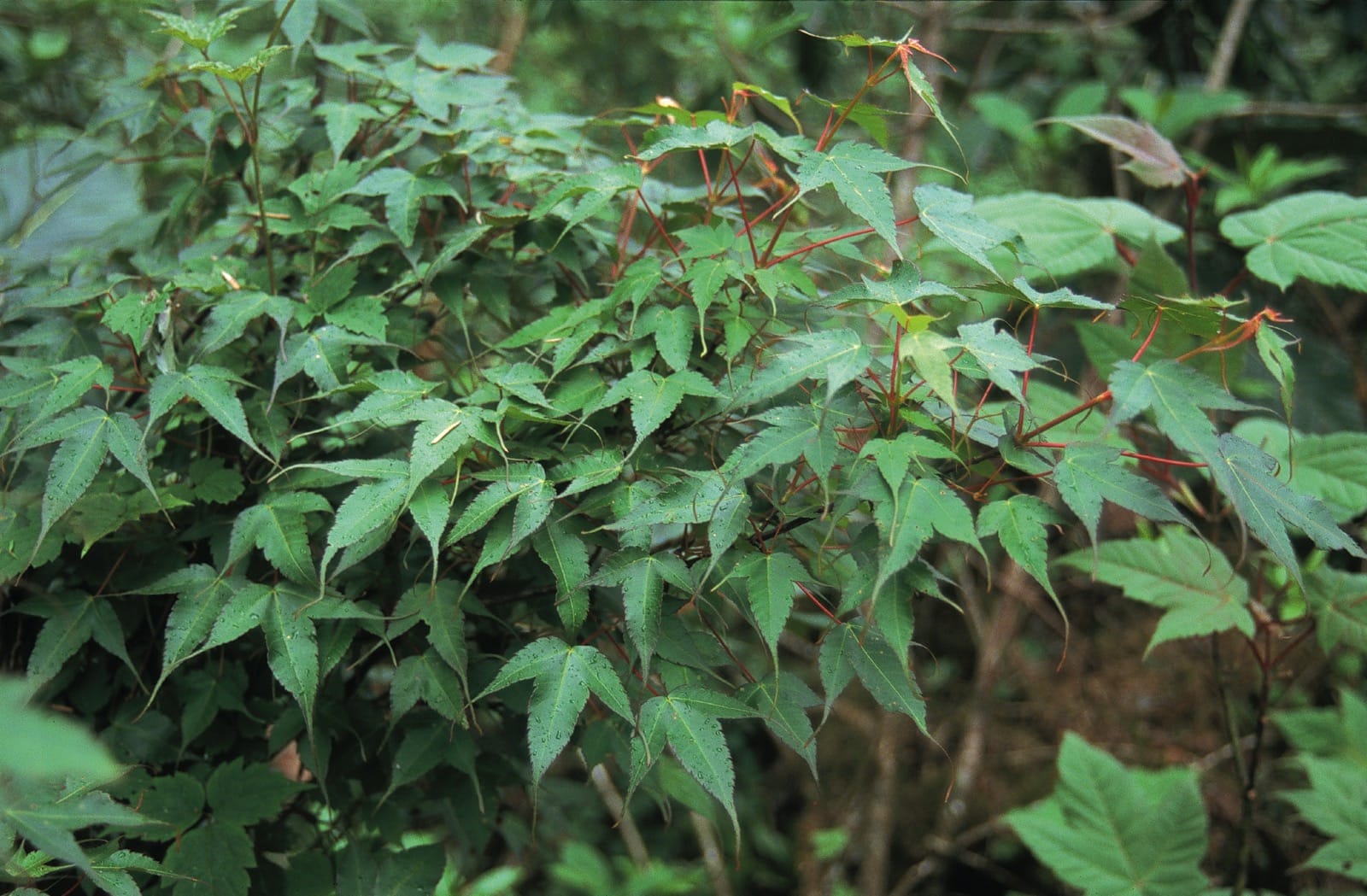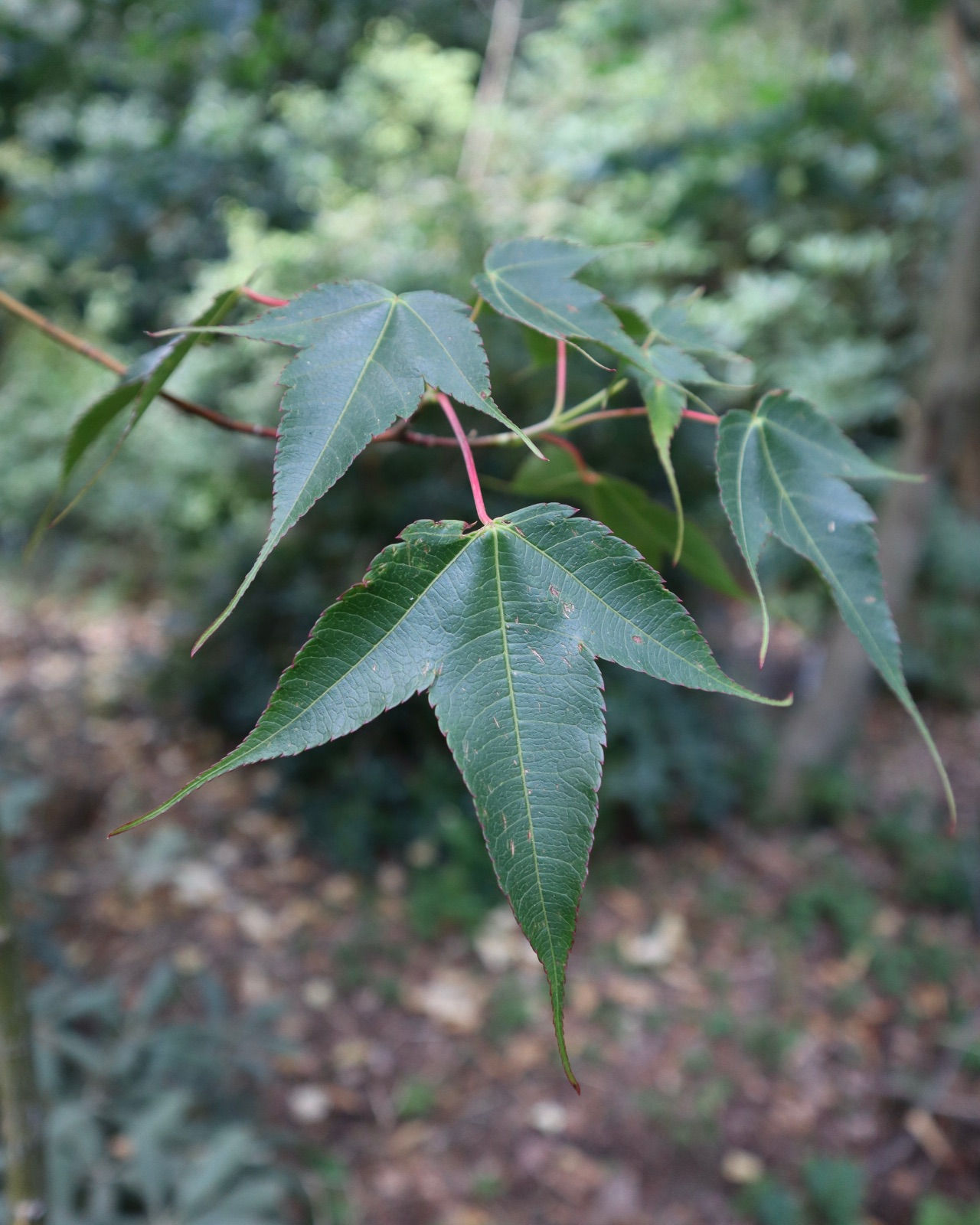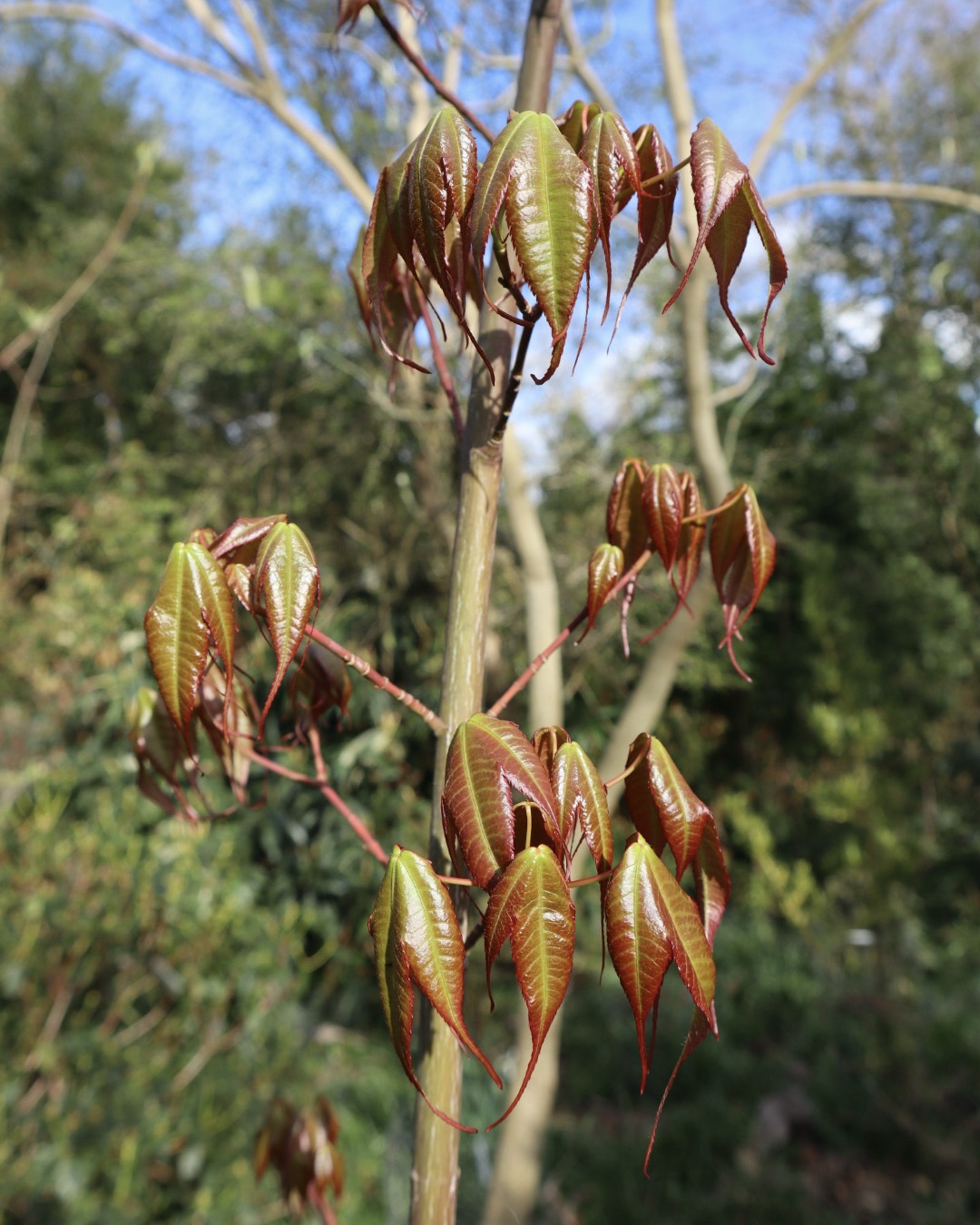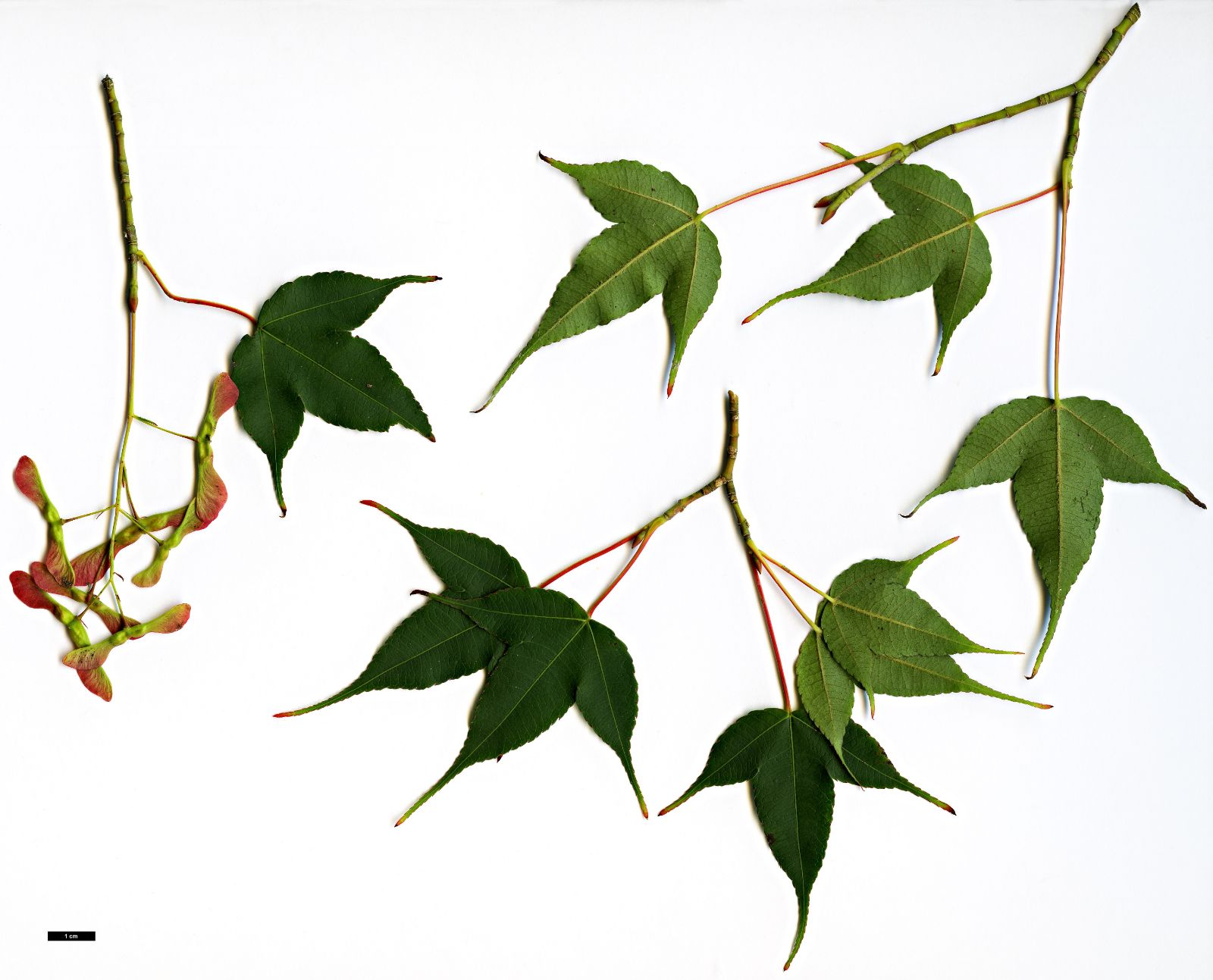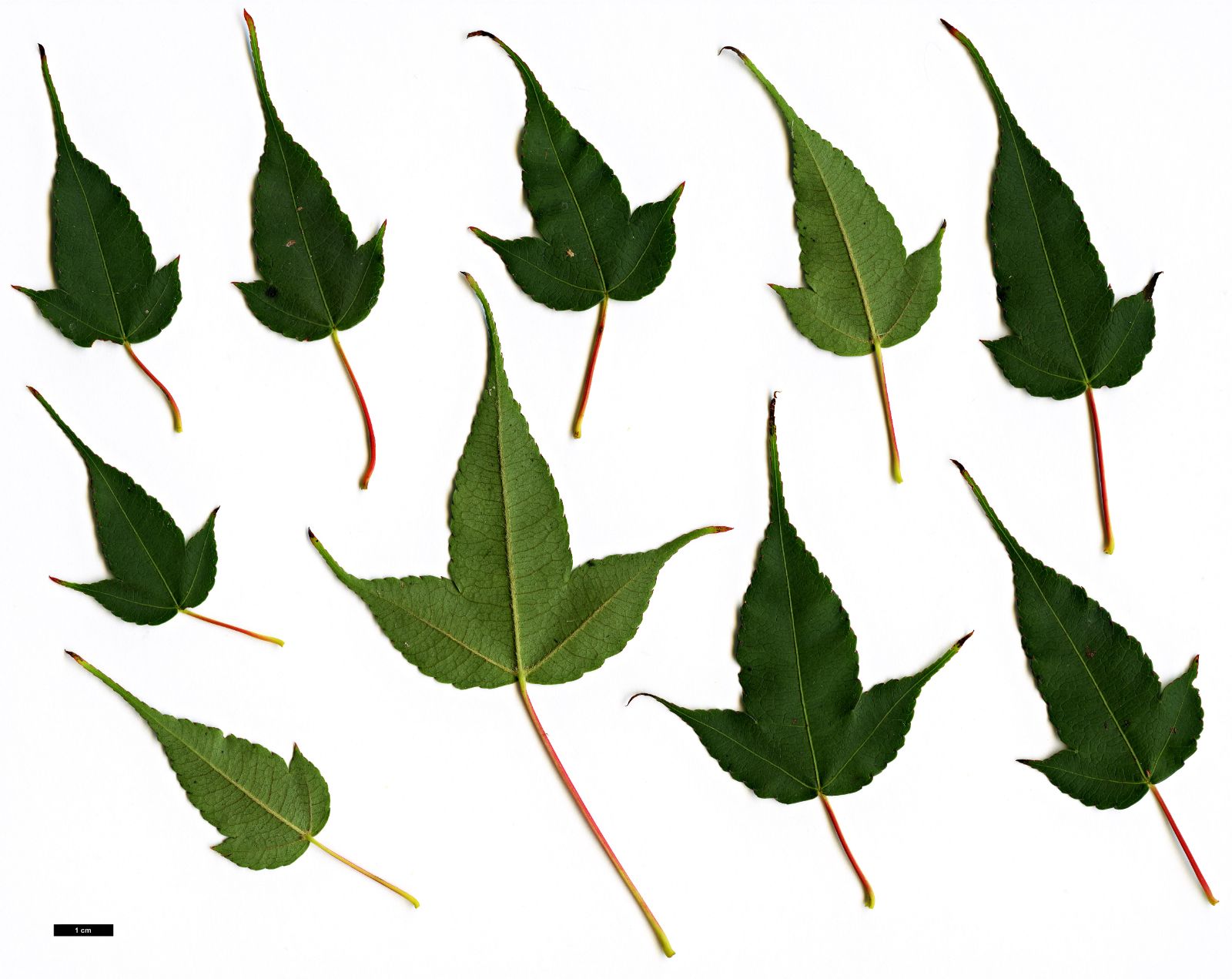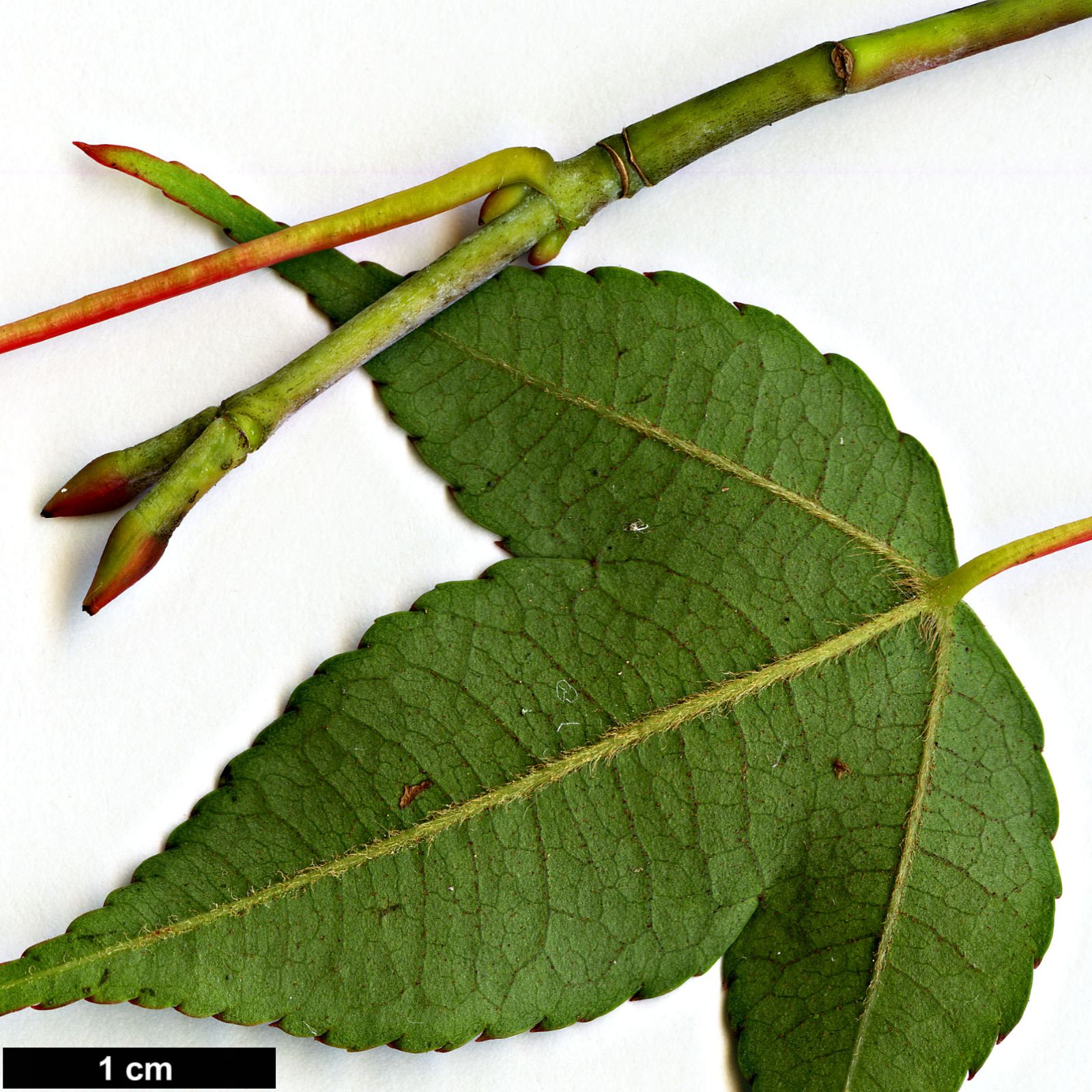Acer wardii
Sponsor
Kindly sponsored by
a member of the International Dendrology Society
Credits
John Grimshaw & Ross Bayton (2009)
Recommended citation
Grimshaw, J. & Bayton, R. (2009), 'Acer wardii' from the website Trees and Shrubs Online (treesandshrubsonline.
Genus
- Acer
- Sect. Wardiana
Other taxa in genus
- Acer acuminatum
- Acer amplum
- Acer argutum
- Acer barbinerve
- Acer buergerianum
- Acer caesium
- Acer calcaratum
- Acer campbellii
- Acer campestre
- Acer 'Candy Stripe'
- Acer capillipes
- Acer cappadocicum
- Acer carpinifolium
- Acer 'Cascade'
- Acer caudatum
- Acer ceriferum
- Acer chapaense
- Acer chienii
- Acer circinatum
- Acer cissifolium
- Acer × conspicuum
- Acer cordatum
- Acer coriaceifolium
- Acer × coriaceum
- Acer crataegifolium
- Acer davidii
- Acer diabolicum
- Acer distylum
- Acer divergens
- Acer duplicatoserratum
- Acer elegantulum
- Acer erianthum
- Acer 'Esk Flamingo'
- Acer fargesii
- Acer fenzelianum
- Acer flabellatum
- Acer forrestii
- Acer franchetii
- Acer × freemanii
- Acer fulvescens
- Acer 'Gimborn'
- Acer ginnala
- Acer glabrum
- Acer 'Gold Coin'
- Acer granatense
- Acer grandidentatum
- Acer griseum
- Acer heldreichii
- Acer henryi
- Acer × hillieri
- Acer hookeri
- Acer hyrcanum
- Acer japonicum
- Acer kawakamii
- Acer komarovii
- Acer laevigatum
- Acer laurinum
- Acer laxiflorum
- Acer lobelii
- Acer longipes
- Acer macrophyllum
- Acer mandshuricum
- Acer maximowiczianum
- Acer maximowiczii
- Acer metcalfii
- Acer miaotaiense
- Acer micranthum
- Acer 'Mindavi'
- Acer 'Minorient'
- Acer miyabei
- Acer miyabei × campestre
- Acer monspessulanum
- Acer morifolium
- Acer 'Mozart'
- Acer oblongum
- Acer obtusifolium
- Acer okamotoanum
- Acer oliverianum
- Acer opalus
- Acer orientale
- Acer palmatum
- Acer papilio
- Acer pauciflorum
- Acer pectinatum
- Acer pensylvanicum
- Acer pentaphyllum
- Acer pentapotamicum
- Acer pictum
- Acer pilosum
- Acer pinnatinervium
- Acer platanoides
- Acer platanoides × amplum
- Acer platanoides × truncatum
- Acer × pseudoheldreichii
- Acer pseudoplatanus
- Acer pseudosieboldianum
- Acer pubinerve
- Acer pycnanthum
- Acer rubescens
- Acer rubrum
- Acer rufinerve
- Acer saccharinum
- Acer saccharum
- Acer sempervirens
- Acer 'Serpentine'
- Acer serrulatum
- Acer shenkanense
- Acer sieboldianum
- Acer sikkimense
- Acer 'Silver Cardinal'
- Acer 'Silver Ghost'
- Acer sinense
- Acer sinopurpurascens
- Acer spicatum
- Acer stachyophyllum
- Acer taronense
- Acer tataricum
- Acer tegmentosum
- Acer tenellum
- Acer tetramerum
- Acer tibetense
- Acer tonkinense
- Acer triflorum
- Acer truncatum
- Acer tschonoskii
- Acer turkestanicum
- Acer tutcheri
- Acer ukurunduense
- Acer velutinum
- Acer 'White Tigress'
- Acer wilsonii
- Acer × zoeschense
Shrub or tree 5–10 m. Bark light or dark grey, somewhat rough with inconspicuous stripes. Branchlets reddish purple, slender, glabrous. Leaves deciduous, papery, 7–9 × 6–8 cm, palmately three-lobed, lobes half to two-thirds of the length, upper surface shiny and glabrous, lower surface usually glabrous, margins serru late, apex elongated, caudate to acuminate; petiole 3–5 cm long, slender, glabrous. Inflorescence terminal (and lateral), paniculate to racemose, slender with conspicuous bracts. Flowers 5-merous, staminate or hermaphrodite; sepals reflexed, linear to oblong, petals linear to oblong, purple, stamens 8–10, inserted in centre of nectar disc. Samaras 2.2–2.5 cm long, purplish yellow, wings spreading obtusely. Flowering May, fruiting September (China). Van Gelderen et al. 1994, Xu et al. 2008. Distribution CHINA: eastern Xizang, northwest Yunnan; INDIA: Arunachal Pradesh, Assam (?); MYANMAR. Habitat Alpine forest between 2400 and 3600 m asl. USDA Hardiness Zone 7–8. Conservation status Not evaluated. Illustration NT4, NT113. Cross-references B199, K109.
Discovered by Frank Kingdon-Ward in 1914, but introduced by George Forrest, this interesting species was placed in its own section by de Jong (van Gelderen et al. 1994). For decades it was represented in cultivation by a single tree at Trewithen in Cornwall, but this was killed in the famously cold winter of 1962–1963, and although a cutting was reported to have been rooted from it (Bean 1976a), no specimens seem to have persisted. In recent years it has been reintroduced from western Yunnan, and young plants are now in cultivation at Tregrehan. It is evidently well adapted to its extremely wet native habitat, having long drip-tips on each of the three lobes of the leaves. The young plants have red shoots and a green main stem, and the mature tree is said to have a very ornamental weeping habit (Hudson 2004). How hardy these plants will be remains to be seen. In the Mishmi Hills of Arunachal Pradesh it forms thickets of shoots arising as suckers from the roots of older trees (M. Wickenden, pers. comm. 2007).

